Dr Rasheal Anti Aging 60 SPF
Original price was: ₦6,500.00.₦5,500.00Current price is: ₦5,500.00.
- Description
- Reviews (0)
- More Products
- Store Policies
- Inquiries
Description
Understanding Sunscreen: Types, Ingredients, and How It Works
Sunscreen is an essential product designed to protect the skin from the harmful effects of ultraviolet (UV) radiation. Its primary purpose is to reduce the risk of skin damage, premature aging, and skin cancer caused by UV rays. There are two main types of sunscreen available on the market: mineral (physical) sunscreens and chemical sunscreens. Each type offers distinct benefits and mechanisms of action.
Mineral sunscreens, also known as physical sunscreens, contain active mineral ingredients such as zinc oxide and titanium dioxide. These compounds sit on the surface of the skin and act as a physical barrier, reflecting and scattering UV radiation away from the skin. Mineral sunscreens are often recommended for individuals with sensitive skin as they are less likely to cause irritation. They provide immediate protection upon application and are effective against both UVA and UVB rays.
Chemical sunscreens, on the other hand, contain organic (carbon-based) compounds such as avobenzone, oxybenzone, octocrylene, and octinoxate. These ingredients absorb UV radiation and convert it into heat, which is then released from the skin. Chemical sunscreens tend to be more lightweight and cosmetically pleasing, as they are easily absorbed and less likely to leave a white residue. However, they require application approximately 20 minutes before sun exposure to be effective.
Understanding the active ingredients in sunscreens is crucial for choosing the right product. Zinc oxide and titanium dioxide are key ingredients in mineral sunscreens, providing broad-spectrum protection against both UVA and UVB rays. Avobenzone is a common ingredient in chemical sunscreens, offering effective UVA protection, while oxybenzone is effective against UVB rays but has raised some environmental concerns.
When selecting a sunscreen, it is vital to look for broad-spectrum protection, which ensures coverage against both UVA and UVB rays. The Sun Protection Factor (SPF) rating indicates the level of protection against UVB rays, with higher numbers offering greater protection. Water resistance is another important factor, especially for activities involving water or excessive sweating. Water-resistant sunscreens maintain their effectiveness for a specified duration while in contact with water.
By understanding the types, ingredients, and mechanisms of action in sunscreens, individuals can make informed decisions to protect their skin effectively. Choosing the right sunscreen tailored to one’s needs ensures optimal protection against the harmful effects of UV radiation.
Best Practices for Sunscreen Application and Daily Sun Protection
Effective sunscreen application is crucial for protecting your skin from harmful UV rays. Begin by selecting a broad-spectrum sunscreen with an SPF of at least 30. Apply the sunscreen generously to all exposed skin areas, approximately 15 minutes before going outdoors. As a general rule, use about one ounce (a shot glass full) to cover the entire body. This ensures you’re applying enough product to achieve the full SPF protection indicated on the label.
Reapplication is key to maintaining protection. Sunscreen should be reapplied every two hours, or more frequently if you are swimming or sweating. Pay special attention to often-overlooked areas such as the ears, neck, tops of the feet, and the back of the hands. These areas are frequently exposed to the sun but are easy to forget during application.
Incorporating sunscreen into your daily routine is vital, even on cloudy days or when you plan to stay indoors. UV rays can penetrate clouds and windows, leading to cumulative skin damage over time. To seamlessly integrate sunscreen into your routine, consider using a moisturizer or makeup with built-in SPF, ensuring you don’t skip this essential step.
Common misconceptions about sun exposure can lead to inadequate protection. Remember that sunscreen is not just for sunny days at the beach; it is necessary year-round, regardless of the weather. Additionally, no sunscreen can block 100% of UV rays, so it should be part of a comprehensive sun protection strategy.
Complementing sunscreen use with other protective measures enhances your defense against UV damage. Wear protective clothing, such as long-sleeved shirts and pants made from tightly woven fabrics. A wide-brimmed hat protects your face, ears, and neck. Sunglasses with UV protection shield your eyes and the delicate skin around them. Finally, seek shade during peak sun hours, typically between 10 AM and 4 PM, to minimize direct sun exposure.
By following these best practices, you can maintain optimal skin health and significantly reduce the risk of sunburns, premature aging, and skin cancer. Employing a combination of sunscreen and additional protective measures ensures your skin remains safeguarded from the sun’s harmful effects.
Be the first to review “Dr Rasheal Anti Aging 60 SPF”
-
Cream, Whitening Lotion
Active Cavier Drip Vitamin C + Tumeric
Original price was: ₦9,000.00.₦8,500.00Current price is: ₦8,500.00. -
Uncategorized
Cherry-Brightening-and-Remove-Freckles-Jelly-Mask
Original price was: ₦8,000.00.₦6,999.00Current price is: ₦6,999.00. -
Cream, Skin Care and Treatement, Toners & Cleanser, Whitening Lotion
Fareness Skin Gold white Milk
Original price was: ₦7,500.00.₦6,499.00Current price is: ₦6,499.00. -
Bath, Shower Gel & Body wash
Fair Child Moisturizing Milk Body Wash
Original price was: ₦5,500.00.₦4,500.00Current price is: ₦4,500.00. -
Cream, Face Cream
Clear All Acne Face Cream
Original price was: ₦5,500.00.₦4,500.00Current price is: ₦4,500.00. -
Body Oil, Oils
Veet Gold Vitamin C Oil
Original price was: ₦12,500.00.₦12,000.00Current price is: ₦12,000.00.
General Inquiries
There are no inquiries yet.
Related Products
-
Skin Care and Treatement, Toners & Cleanser
Action Clear Knuckles
Original price was: ₦4,000.00.₦3,500.00Current price is: ₦3,500.00. -
Bath, Skin Care and Treatement, Soap
Retin – A 24K Soap
Original price was: ₦3,500.00.₦2,999.00Current price is: ₦2,999.00. -

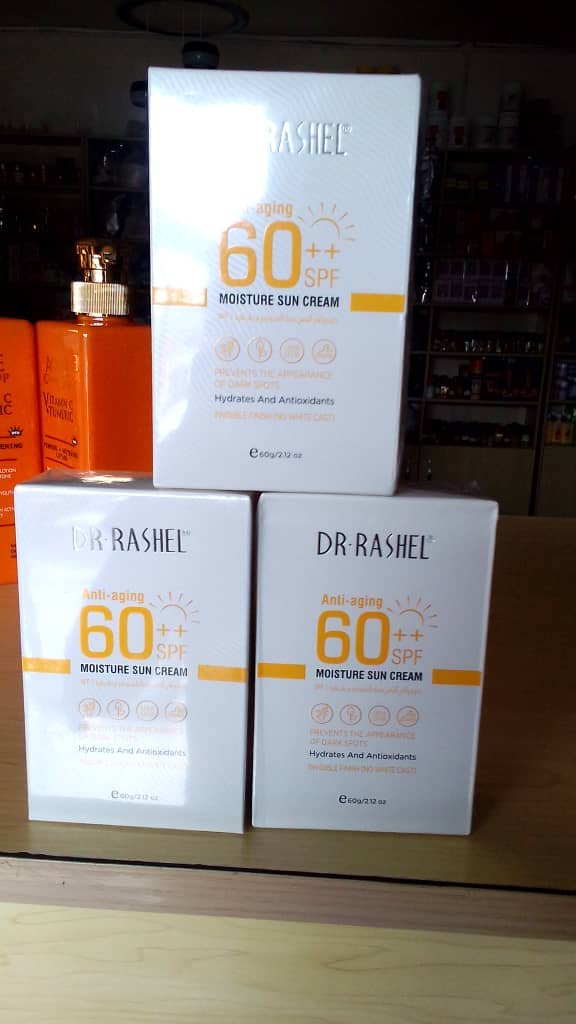
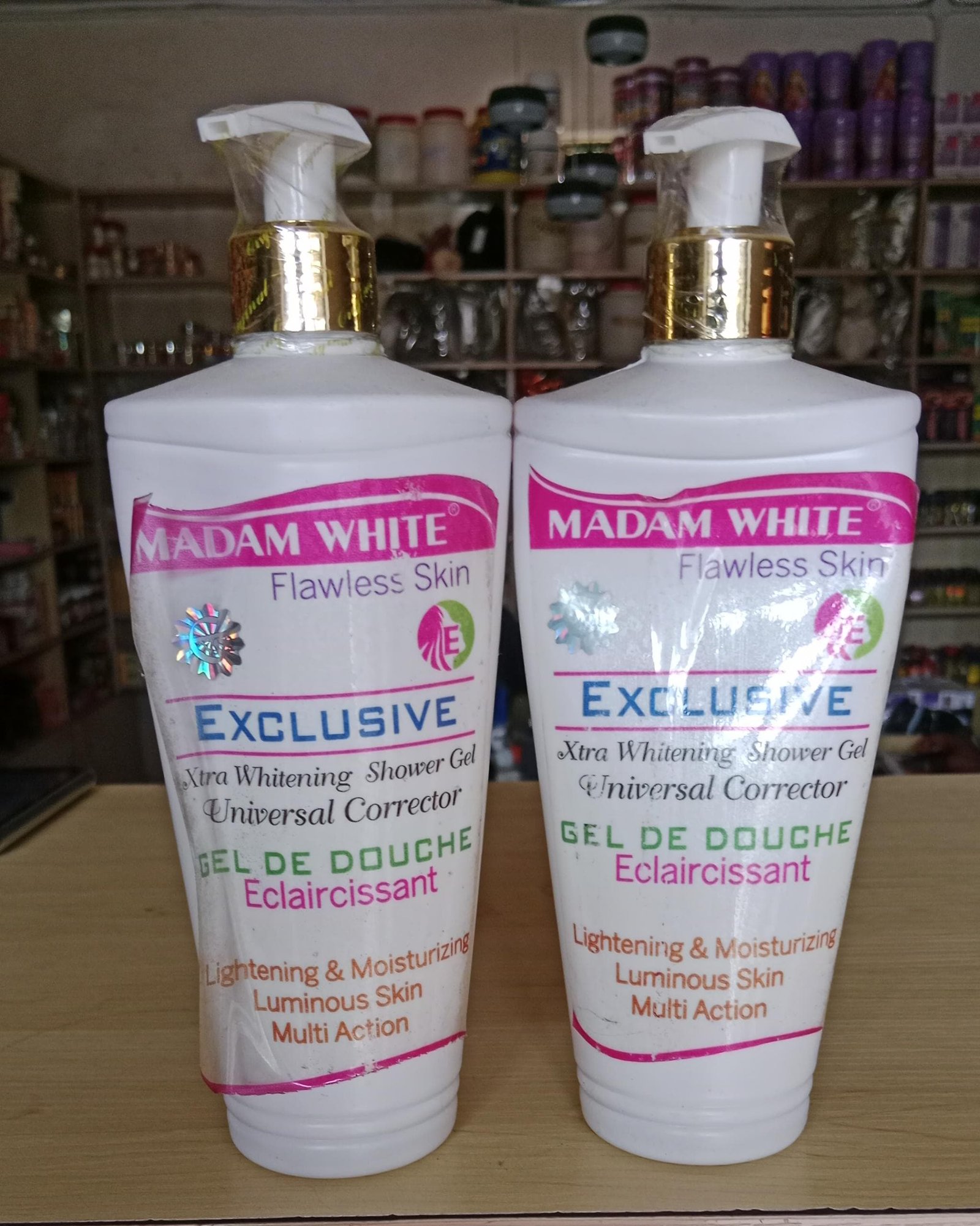
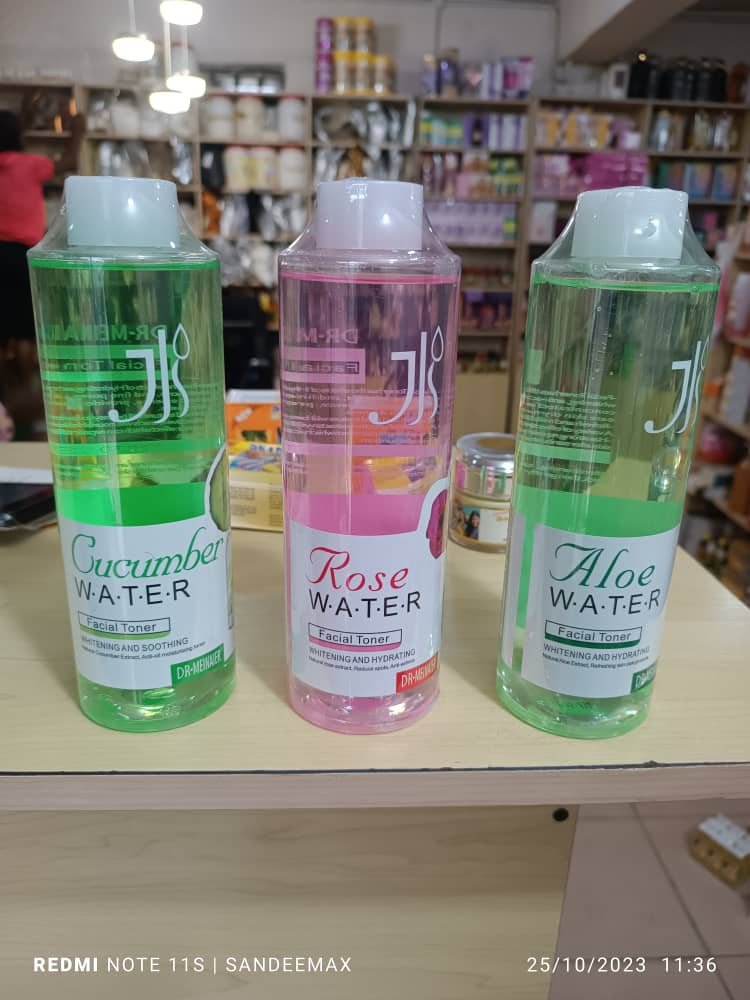
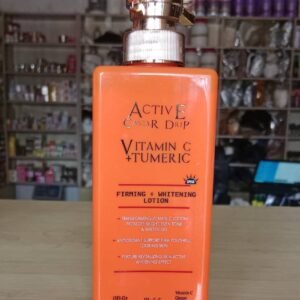
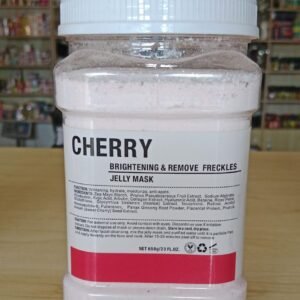
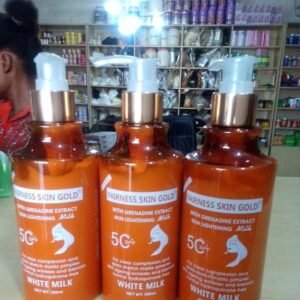



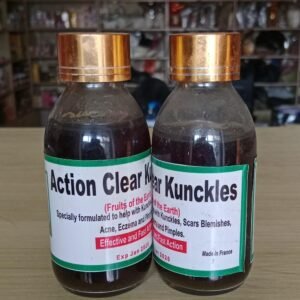

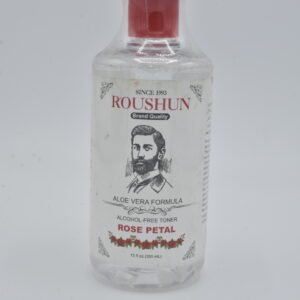
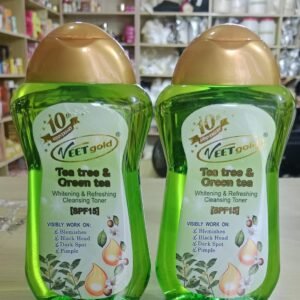
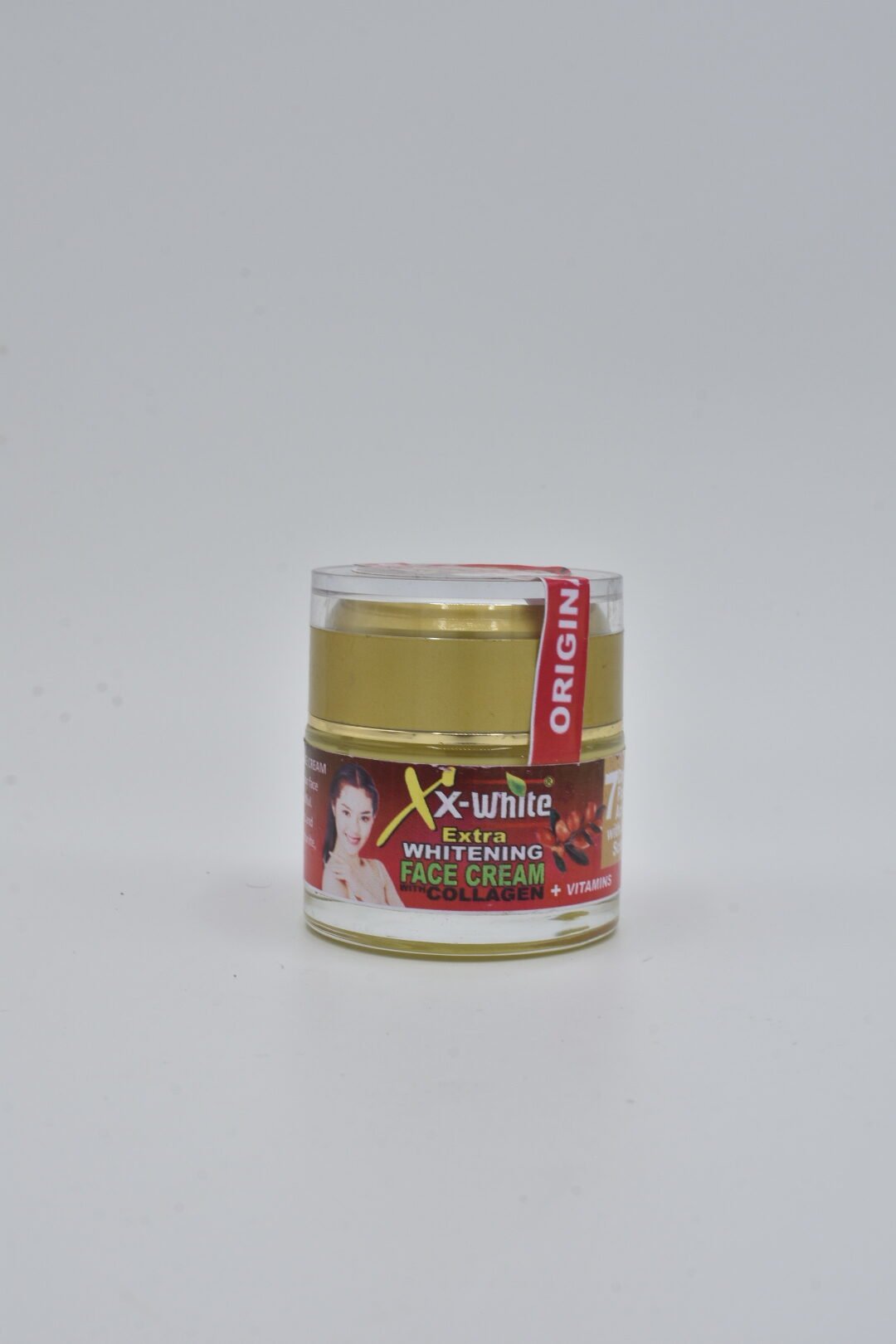
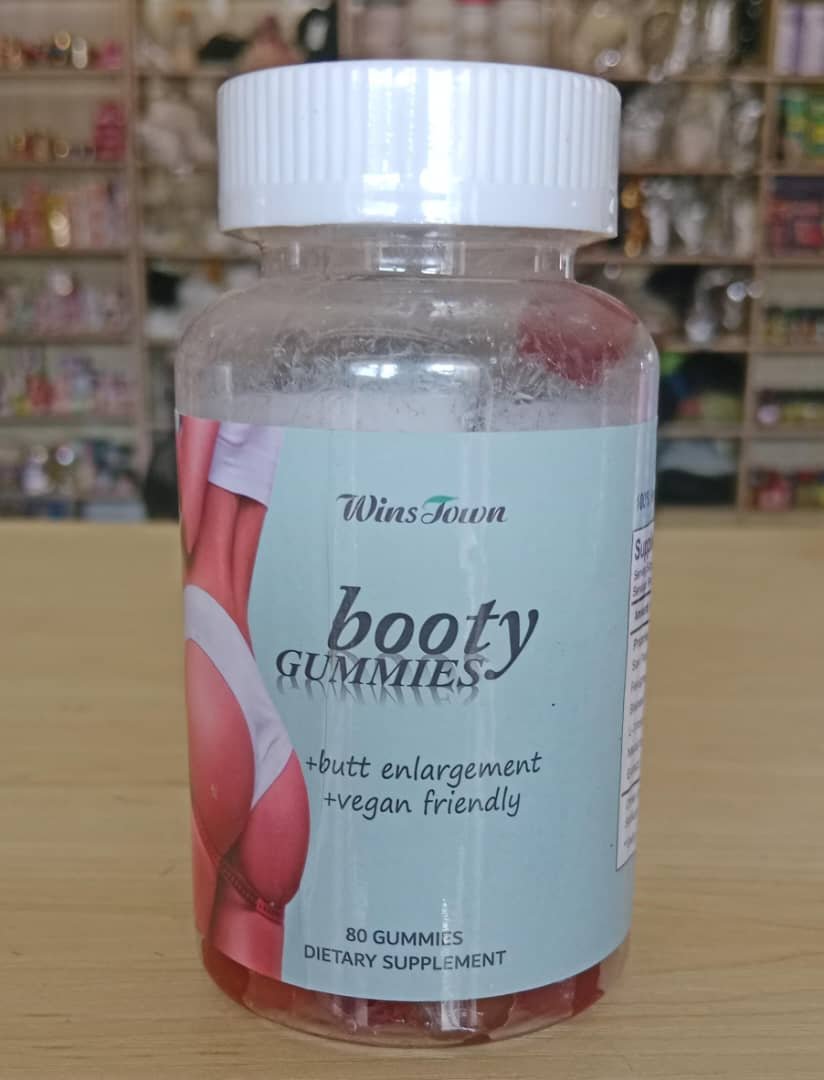

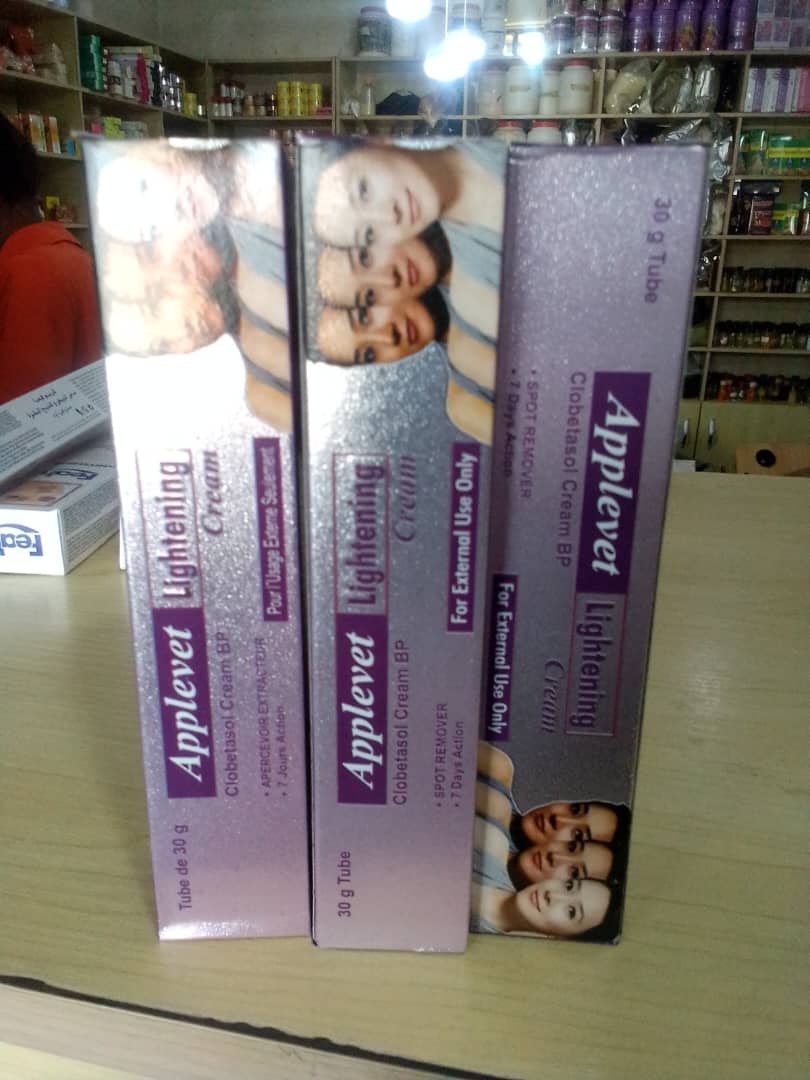
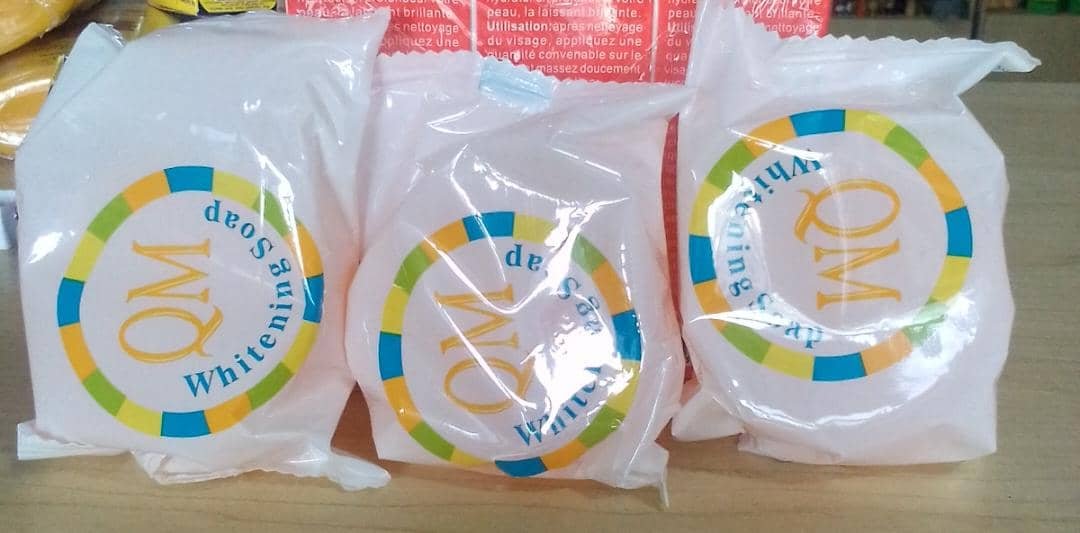
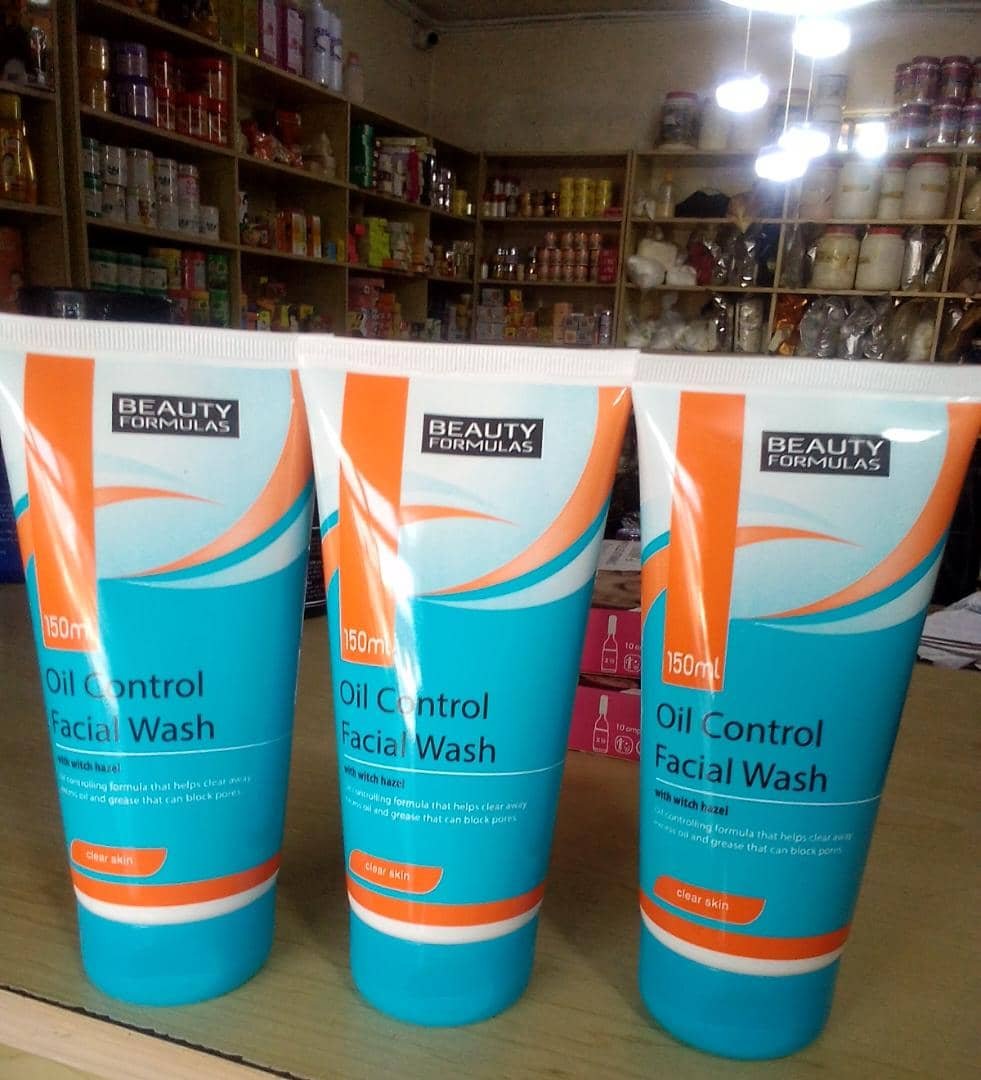

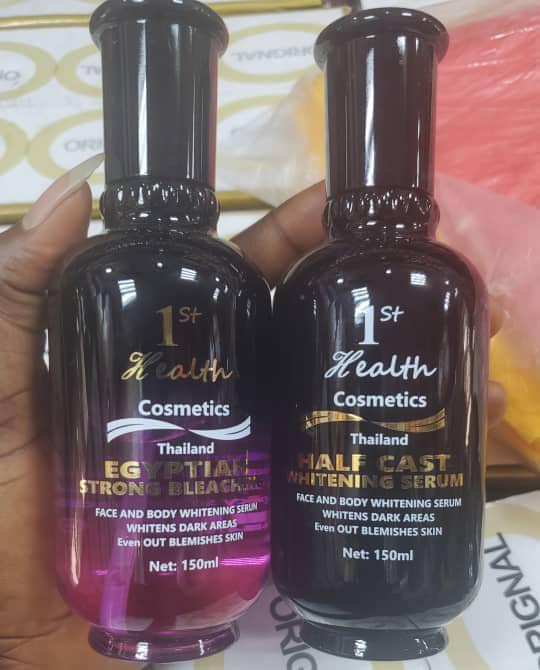
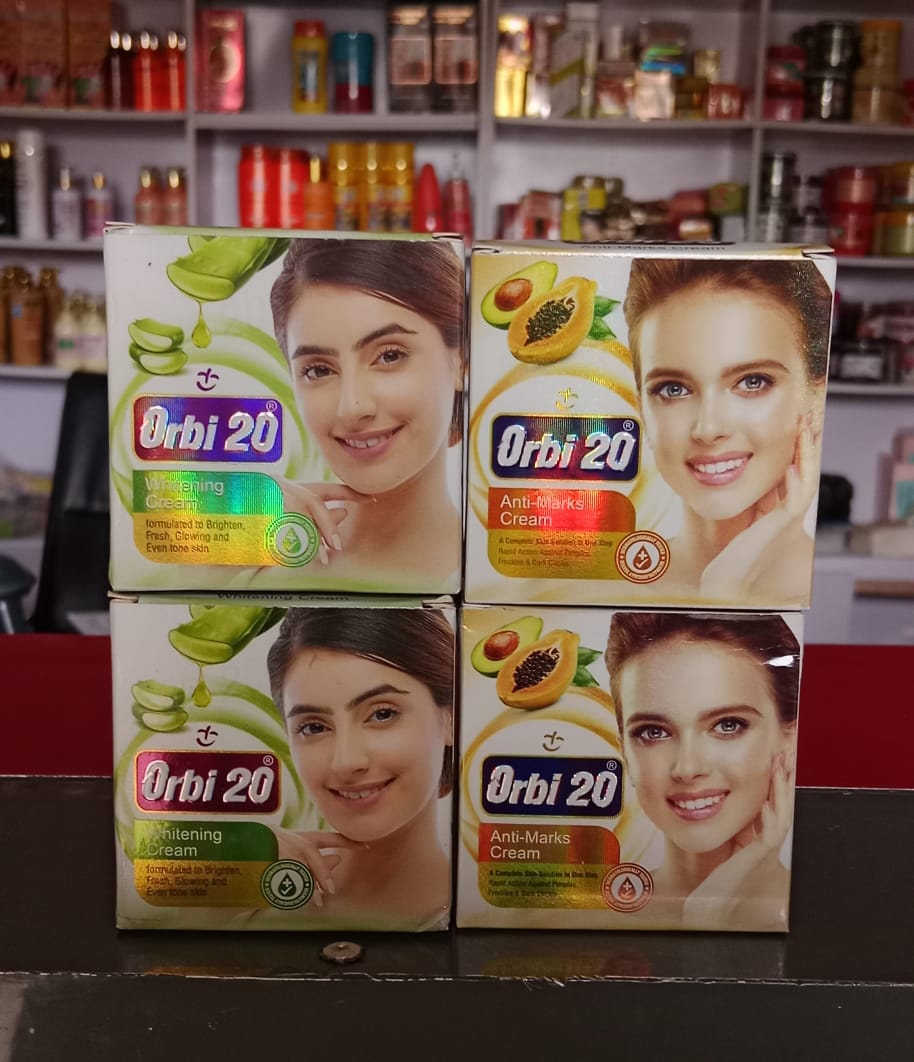
Reviews
There are no reviews yet.